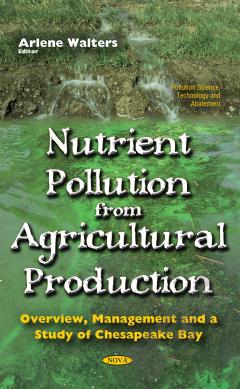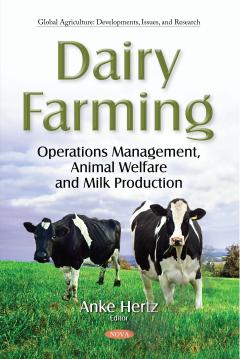Sugarcane: Production, Consumption and Agricultural Management Systems
Sugarcane is a C4, perennial, sucrose-storing grass belonging to the genus Saccharum (Arceneaux, 1965) that originated in Asia, and it is a cultivated crop in tropical and subtropical countries throughout the world. Among the countries cultivating sugarcane, Brazil is the largest producer. Sugarcane has been harvested for human and animal consumption for centuries, and in recent decades, it has been used for fuel production by juice fermentation (first-generation ethanol). The primary sugarcane by-products are molasses, used as ruminant feed and as a sugar substitute, and bagasse, a source of fibers for animal diets and bioelectricity. This book discusses the production, consumption and agricultural management systems of sugarcane.
{{comment.content}}








 京公网安备 11010802027623号
京公网安备 11010802027623号